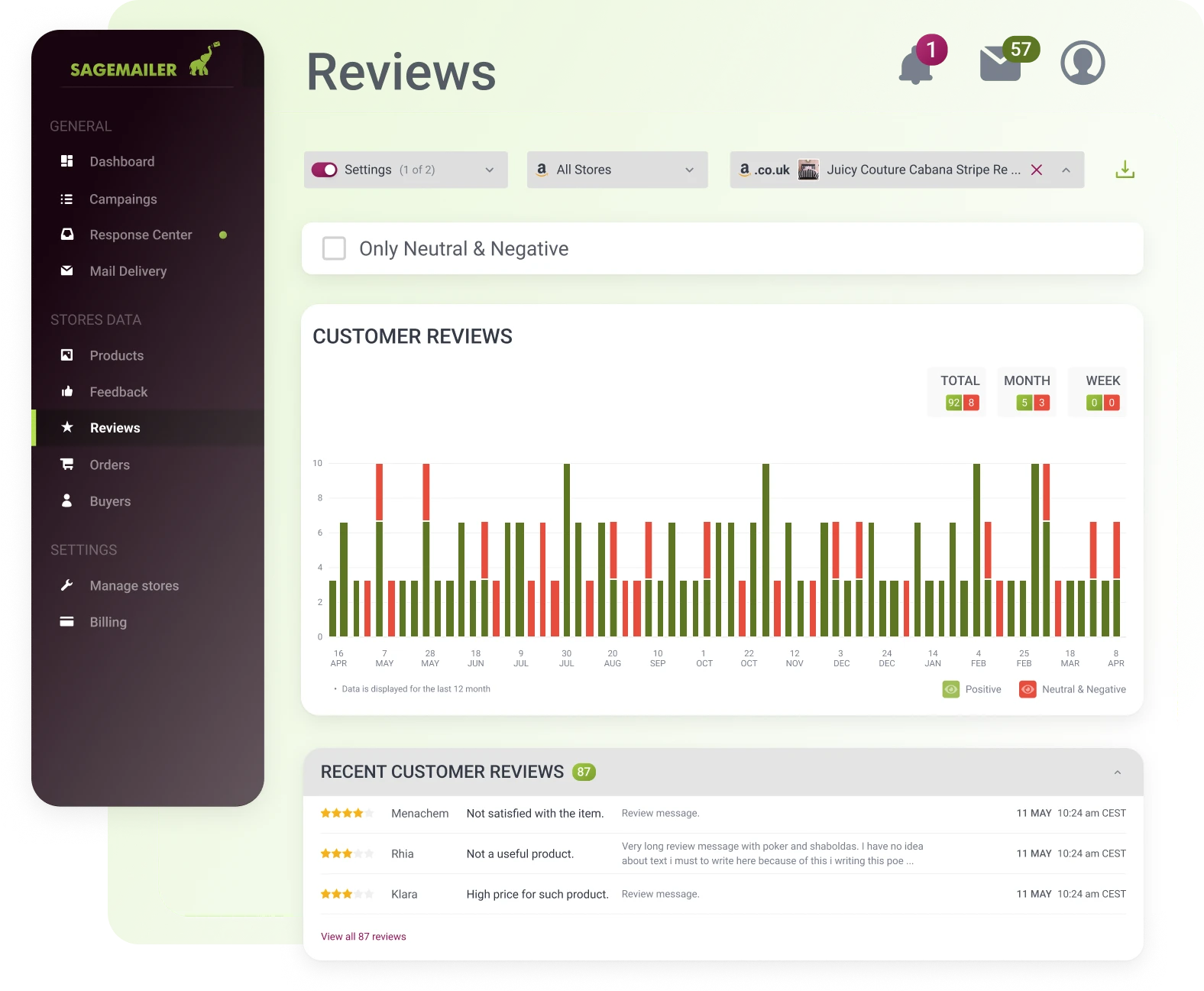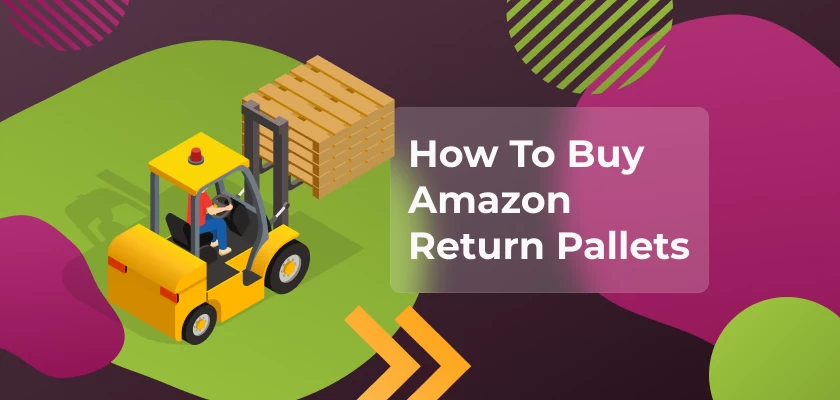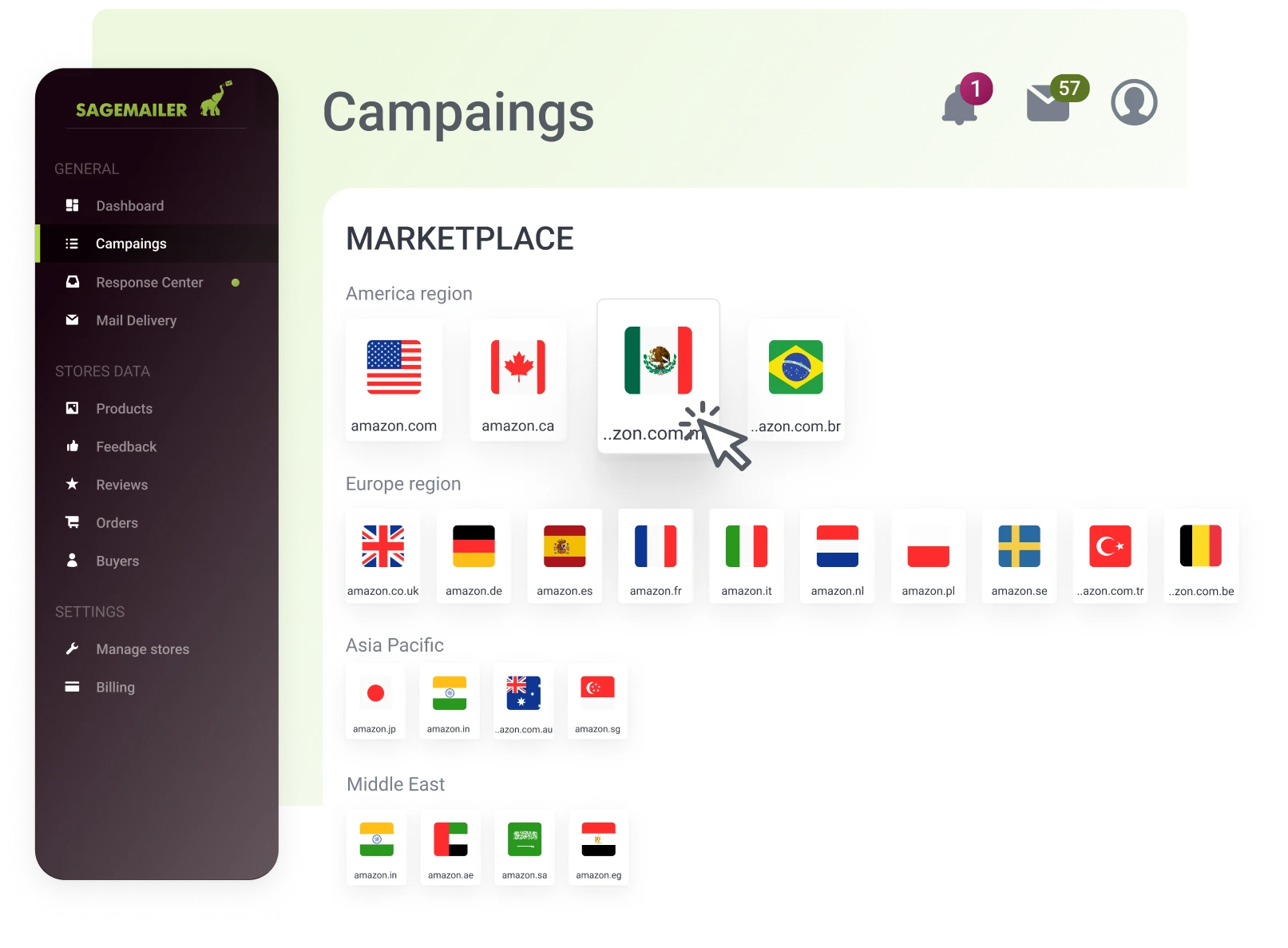Table of Contents
- 1 What Are Amazon Return Pallets?
- 2 Where to Find Amazon Pallets for Sale
- 3 How to Purchase Amazon Pallets
- 4 Evaluating the Condition of Return Pallets
- 5 Reselling Products from Amazon Return Pallets
- 6 Challenges and Risks of Buying Amazon Return Pallets
- 7 How Sagemailer as a Service Helps Users
- 8 Final Thoughts on Buying Amazon Return Pallets
How to buy Amazon return pallets is a crucial question for resellers looking to maximize profit. These pallets contain returned, overstocked, or unsold items from Amazon’s warehouses. Sellers purchase them at a lower cost and resell the items individually or in bulk. Understanding the process ensures a better return on investment.
What Are Amazon Return Pallets?
Amazon return pallets consist of products returned by customers, excess inventory, or unsold stock. These items are bundled into pallets and sold at a discount through liquidation platforms. Some products are in new condition, while others may have minor defects or signs of use. Purchasing these pallets provides an opportunity to access various product categories at reduced prices.
Where to Find Amazon Pallets for Sale
Several reputable platforms offer Amazon pallets for sale. Amazon Liquidation Auctions is an official source where registered businesses can purchase directly from Amazon. Other platforms, such as B-Stock, Direct Liquidation, and Liquidation.com, also provide access to Amazon return pallets. These marketplaces operate through auctions or fixed-price listings, allowing buyers to find the best deals. Researching multiple sources increases the chances of securing high-quality inventory at competitive prices.
How to Purchase Amazon Pallets
Buying Amazon return pallets requires selecting a reliable platform and understanding bidding or direct purchase options. Registration is necessary on most liquidation marketplaces to access listings and participate in transactions. After signing up, buyers can browse available pallets and review product details, including estimated retail value, product conditions, and shipping requirements. Some platforms provide manifest lists, which outline the contents of a pallet, while others sell mystery pallets with unknown inventory.
Bidding on Amazon return pallets involves setting a maximum bid and competing with other buyers. If purchasing at a fixed price, the transaction is completed immediately. Buyers should calculate total costs, including shipping, storage, and potential refurbishing expenses, before making a purchase. Understanding these factors helps avoid unexpected costs and ensures a profitable investment.
Evaluating the Condition of Return Pallets
Amazon return pallets vary in condition. Some contain brand-new items in original packaging, while others have open-box or refurbished products. Certain pallets may include damaged or non-functional items, requiring repairs before resale. Checking platform descriptions and reviewing customer feedback from previous purchases provides insight into the expected quality of a pallet.
Purchasing pallets with a manifest list reduces risk by offering transparency on the contents. Unmanifested pallets provide a lower upfront cost but come with increased uncertainty. Buyers should weigh the potential risks and rewards before deciding which type of pallet suits their business model.
Reselling Products from Amazon Return Pallets
After purchasing Amazon return pallets, effective resale strategies maximize profitability. Sorting products based on condition and value helps determine the best sales channels. New or like-new items can be sold on Amazon, eBay, or Shopify stores. Open-box and refurbished products may perform well on secondary marketplaces such as Facebook Marketplace or Craigslist.
Testing electronics, verifying product functionality, and ensuring accurate descriptions improve customer satisfaction and reduce return rates. Bundling similar items together or creating value packs enhances perceived value and attracts buyers. Pricing competitively based on market demand and retail prices optimizes sales and increases profit margins.
Challenges and Risks of Buying Amazon Return Pallets
Purchasing liquidation pallets comes with potential risks. Some pallets contain a mix of high-value and low-demand products, making it challenging to achieve consistent profits. Hidden defects or missing components can reduce resale value. Shipping costs, especially for large or heavy pallets, significantly impact overall expenses.
To mitigate risks, starting with a small purchase allows buyers to test the quality and reliability of a supplier before making larger investments. Researching seller reviews and past customer experiences helps identify reputable sources. Having a return policy or dispute resolution process in place protects buyers from receiving misrepresented inventory.
How Sagemailer as a Service Helps Users
SageMailer is an email automation tool primarily designed for Amazon sellers to help them effectively communicate with their customers. It provides a wide range of services aimed at improving customer satisfaction, enhancing seller reputation, and boosting sales. Here’s how it helps users:
1. Automated Email Campaigns
- Order Follow-ups: Automates follow-up emails to customers, including requests for reviews and feedback.
- Delivery Notifications: Sends automatic shipping and delivery updates to keep customers informed.
- Customizable Templates: Offers ready-made templates that can be personalized for different customer segments.

2. Review Management
- Feedback Requests: Helps sellers request genuine customer reviews in compliance with Amazon’s guidelines.
- Negative Review Alerts: Notifies sellers immediately when a negative review is received, enabling quick responses.
- Amazon Request a Review Button: Automates the process of sending official Amazon review requests.

3. Performance Analytics
- Campaign Insights: Provides detailed performance reports on open rates, response rates, and customer engagement.
- A/B Testing: Allows users to test different email strategies to optimize for higher conversions.
4. Customer Support Automation
- Auto-Responses: Automatically responds to common customer queries, reducing manual support time.
- Message Tracking: Keeps track of all customer interactions for better communication history.
5. Compliance and Data Security
- Amazon TOS Compliance: Ensures that all messages are in line with Amazon’s latest Terms of Service.
- Data Encryption: Secures customer data with strong encryption to protect against breaches.
Final Thoughts on Buying Amazon Return Pallets
Understanding how to buy an Amazon pallet ensures a successful and profitable experience. Choosing reliable liquidation platforms, evaluating product conditions, and planning resale strategies contribute to business growth. While challenges exist, thorough research, careful purchasing, and efficient resale techniques increase profitability. Amazon return pallets provide an opportunity for resellers to acquire inventory at lower costs and expand their business with the right approach.


